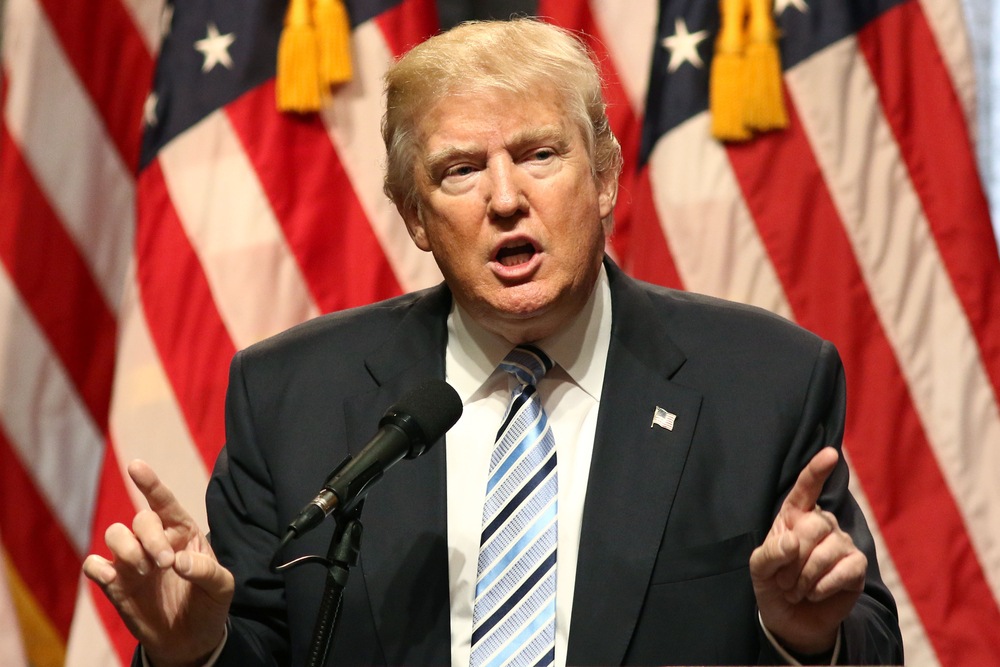Key Takeaways:
- Illegal crossings at the southern U.S. border dropped to a record low in February.
- President Donald Trump claims success in curbing illegal immigration.
- The February numbers mark the lowest in history, according to U.S. Customs and Border Protection.
- Trump calls it a victory for his border security promises.
- Critics and supporters react to the surprise drop in illegal entries.
The southern U.S. border has seen a dramatic decrease in illegal crossings, according to recent data. President Donald Trump announced that illegal immigration has reached an all-time low, calling it a major achievement for his administration. In his first full month in office, February saw the fewest illegal border crossings in history.
Trump Claims Victory on Border Security
President Trump took to social media to celebrate the news. He wrote, “The month of February, my first full month in Office, had the LOWEST number of Illegal Immigrants trying to enter our Country in History – BY FAR!” He emphasized that the “invasion of our country is over.”
The data from U.S. Customs and Border Protection (CBP) backs up Trump’s claims. February saw a significant drop in apprehensions, marking a historic low. This comes after Trump made border security a central focus of his campaign and presidency.
How Did Trump Impact the Border?
Trump’s administration introduced several policies aimed at reducing illegal immigration. These included stricter enforcement, increased border patrols, and collaborations with neighboring countries. Critics argue that some of these policies have been controversial, but the latest numbers suggest they may be having an impact.
Supporters of Trump say the drop in crossings proves his strategies are working. They point to his tough stance on illegal immigration as a key factor in deterring people from attempting to cross the border.
Challenges Ahead for Border Security
While the numbers are promising for Trump, challenges remain. Immigration experts warn that border security is a complex issue with no easy solutions. Factors like economic conditions in other countries, political instability, and global migration trends can all influence the number of people trying to enter the U.S.
Additionally, humanitarian concerns persist. Advocacy groups highlight the need for fair treatment of migrants and a balanced approach to border policies. They argue that while security is important, it should not come at the expense of human rights.
What Do the Numbers Really Mean?
The sharp decline in illegal crossings has surprised many observers. February’s numbers are the lowest on record, with only a fraction of the typical activity seen in previous years. While Trump attributes this to his policies, others say it may be part of a broader trend influenced by global events.
Regardless of the reasons, the drop in crossings is a significant development. It could reshape the ongoing debate over immigration reform and border security in the U.S.
Public Reaction to the News
The public response to the border crossing numbers has been mixed. Supporters of Trump view it as evidence that his policies are effective. They argue that his tough approach has restored order to the southern border.
On the other hand, critics question whether the numbers tell the full story. They argue that while fewer people may be crossing, the root causes of migration remain unaddressed.
The Economic Impact of Reduced Crossings
The decrease in illegal crossings could have economic implications. Industries that rely on immigrant labor may face challenges, while others may benefit from a more controlled flow of workers.
Additionally, the cost of border enforcement and immigration processing could see changes as fewer people attempt to cross. This could free up resources for other priorities, but it also raises questions about long-term sustainability.
What’s Next for U.S. Immigration Policy?
The record-low crossings in February may signal a shift in U.S. immigration policy under Trump. His administration is expected to continue its focus on border security and enforcement.
At the same time, there are calls for comprehensive immigration reform. Policymakers argue that addressing the root causes of migration, such as poverty and instability in other countries, is essential for long-term solutions.
Conclusion
The drop in illegal crossings at the southern U.S. border is a major talking point in the ongoing debate over immigration. While President Trump and his supporters celebrate the numbers as a victory, others urge caution and a focus on broader solutions.
One thing is clear: the issue of illegal immigration remains a defining challenge for the U.S. As the conversation continues, the nation will need to balance security, compassion, and economic realities to find a path forward.
Trump’s declaration that the “invasion is over” may be premature, but the latest numbers offer a glimmer of hope for those seeking to restore order to the southern border. Whether this trend continues remains to be seen, but for now, it’s a significant step in a long and complex journey.

